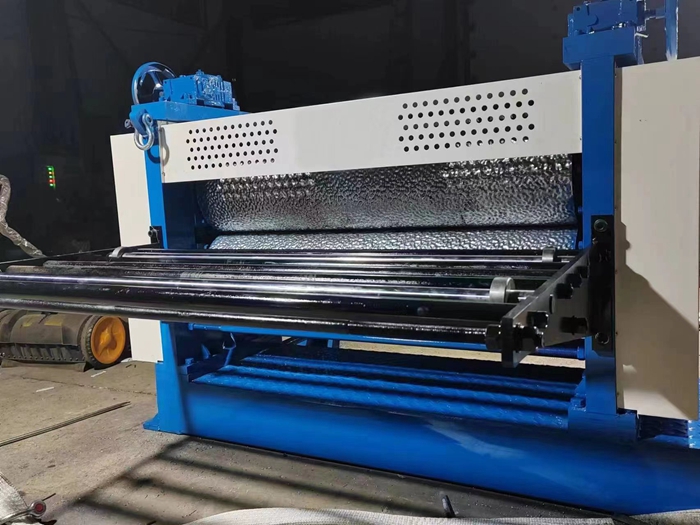stud track roll forming machine
Understanding the Stud Track Roll Forming Machine A Comprehensive Overview
In the world of advanced manufacturing, the stud track roll forming machine stands out as a vital technology used to produce metal components for various applications. This machine is designed specifically for creating stud tracks, which are essential in the construction industry for framing and drywall applications. The efficiency, precision, and versatility of roll forming technology make it an ideal choice for producing these track systems.
What is Roll Forming?
Roll forming is a continuous bending operation in which a long strip of metal is gradually shaped into the desired cross-section through a series of precision rollers. This process is fundamental in creating complex shapes while maintaining uniformity and high tolerances. The operation is able to produce high volumes of parts with minimal waste, which is a critical advantage in today’s manufacturing environment.
Key Features of Stud Track Roll Forming Machines
Stud track roll forming machines are equipped with a range of features that enhance their functionality and productivity
1. High Precision Rollers These machines utilize carefully designed rollers that ensure the metal sheet is shaped accurately. The design of the rollers is crucial as it determines the final profile of the stud tracks.
2. Automated Controls Modern stud track roll forming machines come with sophisticated control systems that allow for automation in adjusting the machine settings. This leads to faster changeover times and reduces the likelihood of human error.
3. Robust Construction These machines are built to withstand the rigors of continuous operation. The heavy-duty frame and components ensure stability and reliability over extended periods.
stud track roll forming machine

5. Material Efficiency The roll forming process produces minimal scrap, as the metal sheet is used effectively. This level of material efficiency helps manufacturers save costs and reduces waste, aligning with sustainable practices.
Applications of Stud Tracks in Construction
Stud tracks play a critical role in the construction industry, particularly in the creation of internal walls and partitions in commercial and residential buildings. They serve as the framing system to which drywall panels are attached, creating strong and durable walls. The use of stud tracks allows for quick installation, flexibility in building designs, and overall enhanced structural integrity.
Additionally, stud tracks are favored for their ability to support electrical wiring and plumbing, making them an integral part of modern building practices. The lightweight nature of the tracks contributes to ease of installation and reduces the overall weight of the structure.
The Future of Stud Track Roll Forming Machines
As the construction industry continues to evolve, so too will the technology behind stud track roll forming machines. Innovations in automation, material science, and design software are expected to shape the future of manufacturing in this area. Emerging trends such as Industry 4.0 and smart manufacturing will likely see the integration of IoT devices, enabling real-time monitoring and data analytics to optimize performance and efficiency.
Moreover, the growing demand for sustainable building materials will encourage manufacturers to explore new materials, including recycled metals and eco-friendly coatings, thus further improving the environmental impact of construction.
Conclusion
In conclusion, the stud track roll forming machine is a critical tool in the manufacturing landscape, particularly within the construction industry. Its ability to produce high-quality, precise components quickly and efficiently makes it indispensable. As technology progresses, these machines will undoubtedly continue to evolve, further enhancing their capabilities and the quality of the products produced. Embracing these advancements will not only improve manufacturing processes but will also contribute to a more sustainable future in construction.
-
Roof Panel Machines: Buying Guide, Types, and PricingNewsJul.04, 2025
-
Purlin Machines: Types, Features, and Pricing GuideNewsJul.04, 2025
-
Metal Embossing Machines: Types, Applications, and Buying GuideNewsJul.04, 2025
-
Gutter Machines: Features, Types, and Cost BreakdownNewsJul.04, 2025
-
Cut to Length Line: Overview, Equipment, and Buying GuideNewsJul.04, 2025
-
Auto Stacker: Features, Applications, and Cost BreakdownNewsJul.04, 2025
-
Top Drywall Profile Machine Models for SaleNewsJun.05, 2025








